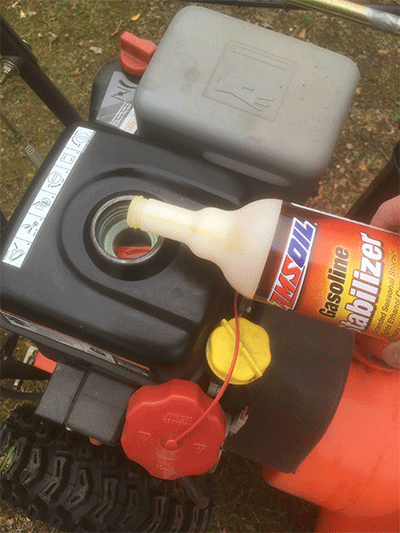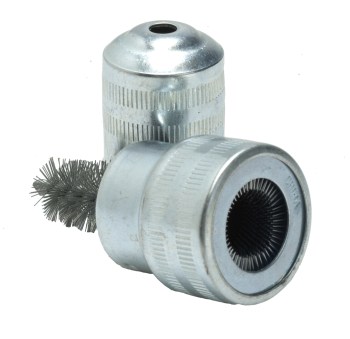How to Store your Snowblower properly. Prevent damage during summer season. John Baker|Apr 06, 2020 2:12 PM Storing a snowblower properly is vital to ensuring it fires up when the snow eventually returns. When the first storm of the season dumps eight inches of snow on your driveway, you don’t want to be messing around […]
You are browsing archives for
Tag: corrosion
Five reasons to use motorcycle oil in yo...
You can use Car Motor Oils in your Bike if you Add Two More Wheels. You wouldn’t want to buy a used bike if motorcycle oil wasn’t used. Impressive performance happens when you are using the right oil in the right application. Len Groom | TECHNICAL PRODUCT MANAGER, POWERSPORTS The results of a study from […]
How to Clean and Prevent Battery Termina...
How to Clean and Prevent Battery Terminal Corrosion John Baker|Mar 27, 2017 10:46 AM We’ve all been there before. You turn the key on your car and…nothing. Not even the tell-tale clicking sound of the starter solenoid. Your first reaction is to pound the steering wheel and curse the darkness. But it should probably […]


